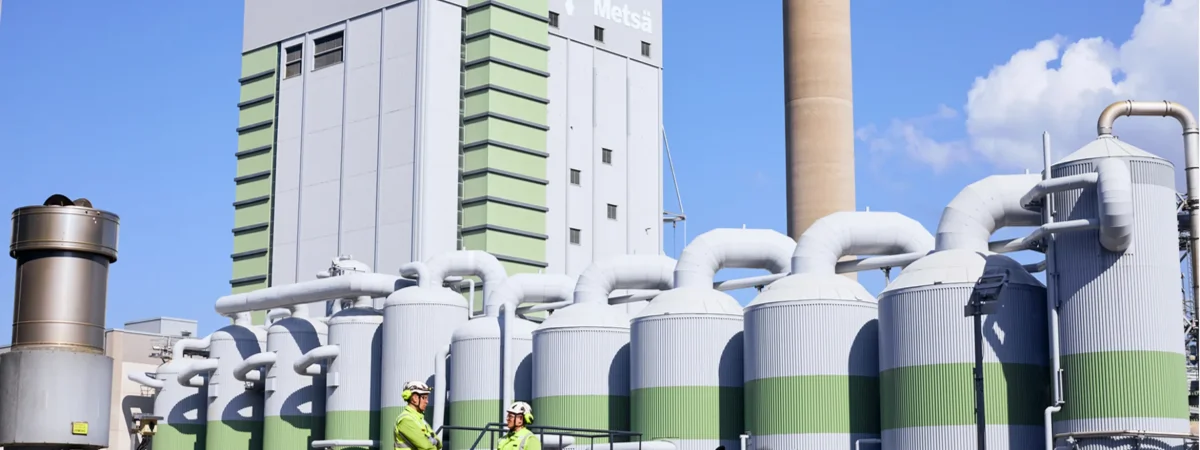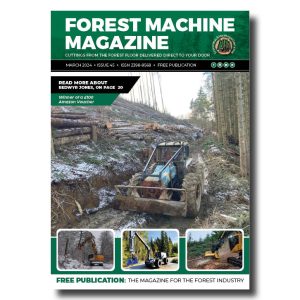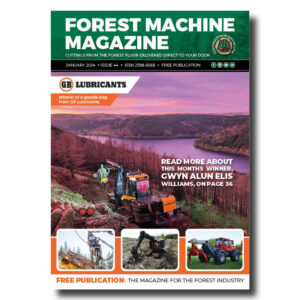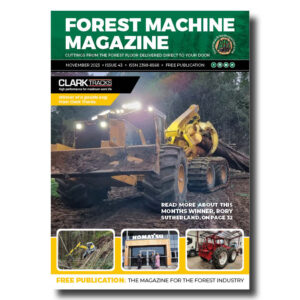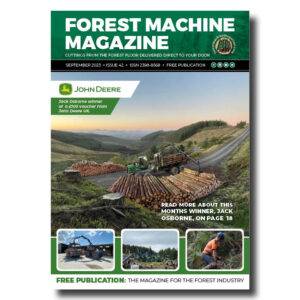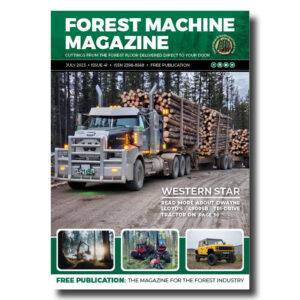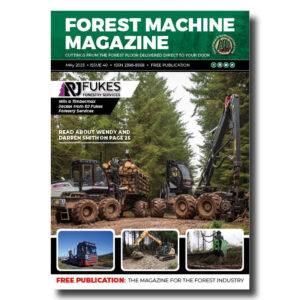Metsä Group’s carbon capture pilot underway – Investigation of a demo plant beginning
In June, a carbon capture pilot plant came online at Metsä Group’s Rauma mill, where the company is testing the capture of pulp mill flue gases in cooperation with the technology company Andritz, the supplier of the pilot plant.

-
That’s a remarkable amount of work hours for a single machine, the Norcar 600 owned by Erkki Rinne is taken well care of, it even has the original Diesel engine.
-
Kieran Anders is a forestry contractor working in the lake district. His work involves hand cutting and extracting timber using a skidder and tractor-trailer forwarder.
-
It is not possible to eliminate chain shot, but there are simple steps that can be taken to reduce the risk.
-
Arwel takes great pride in the fact that the mill has no waste whatsoever, “the peelings are used for children’s playgrounds, gardens and for farm animals in barns in the winter and the sawdust has multiple uses in gardens and farms as well.
-
Timber hauliers need to encourage young blood in, and also look after the hauliers we have, we need make the sector a safe and positive place to work.
FIND US ON
Related Posts
Carbon capture is an existing technology, but it has not previously been used for pulp mill flue gases. During the autumn of 2025, various operating models will be tested concerning aspects such as energy consumption and the amount of carbon captured. The pilot period will also provide information about the need for flue gas treatment and the quality of the end product.
“So far, the technology appears to be working well with the pulp mill’s flue gases,” says Kaija Pehu-Lehtonen, SVP Business Development and the Director of Metsä Group’s carbon capture project.
As part of the piloting, Metsä Group will also investigate possibilities for a larger-scale demo plant for carbon capture at the Rauma mill site. The annual capacity of a demo plant would be 30,000 to 100,000 tonnes of captured carbon dioxide. No decision has been made regarding the project or the demo plant’s location. Implementing the project would require all technical and financial issues to be resolved. The larger-scale demo plant would have a capacity more than one hundred times that of the pilot plant, which can capture approximately one tonne of carbon dioxide per day.
Bio-based carbon dioxide is a virtually untapped pulp mill side stream. Carbon dioxide can be used as a raw material – for example, in the chemical and fuel industries – and it can serve as a replacement for fossil-based raw materials. Carbon capture does not increase wood use at the pulp mill, nor does it undermine production efficiency.
“Capture-related investments are large, and the market is underdeveloped, so we’re proceeding gradually. In addition, the value chains from raw material to finished products are often new and complex, requiring close cooperation between the participants and an insight into industrial operations,” says Pehu-Lehtonen.
Through its development activities, Metsä Group wants to promote the emergence of markets. However, market development also depends on regulation at the EU and national level, as well as on investment support for the green transition. State aid for the green transition will play a key role in accelerating industrial investment.

Sign up for our free monthly newsletter here
Contact forestmachinemagazine@mail.com to get your products and services seen on the world’s largest professional forestry online news network.
#homeoflogging #writtenbyloggersforloggers #loggingallovertheworld
Written by loggers for loggers and dedicated solely to the equipment used in forestry operations.

